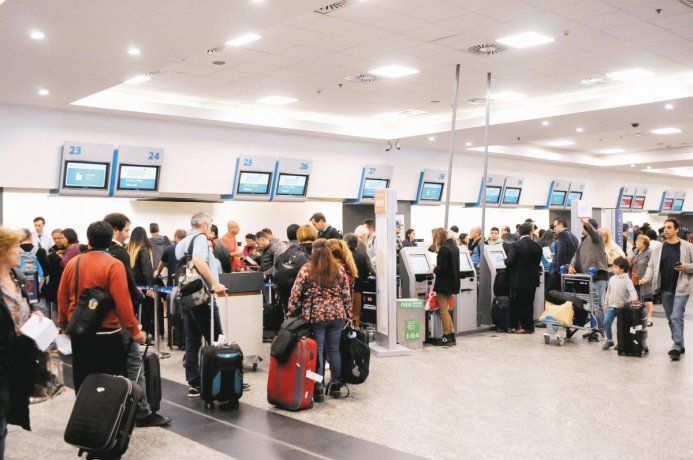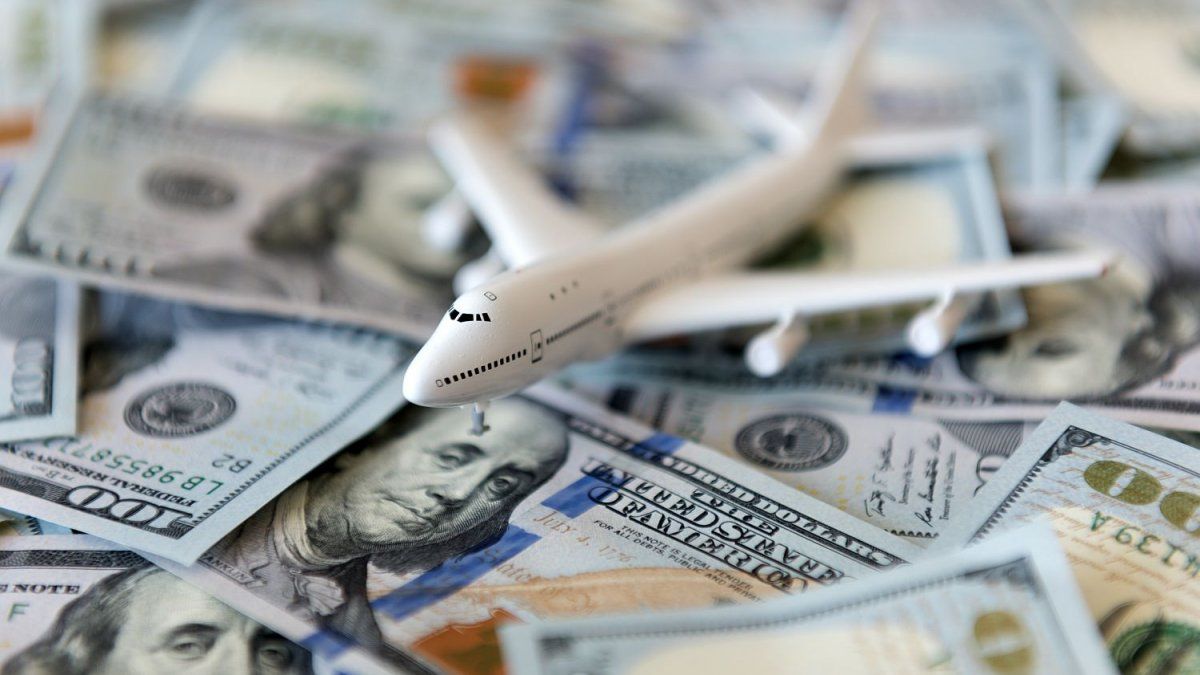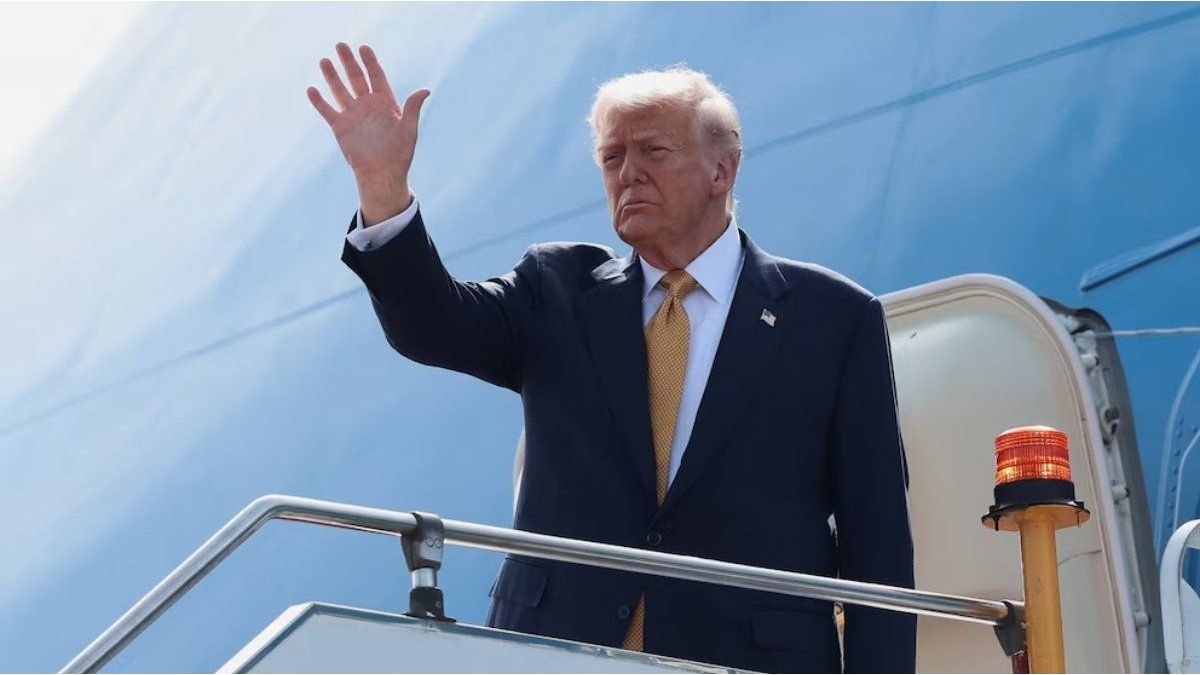Tourism agencies are already beginning to notice an increase in demand for international packages. The perception of a “cheap dollar” favored consultations.
The parallel dollars They could give a surprise starting in December. Despite the current exchange rate calm, the data released by the Central Bank on Monday raised alarms about the possibility of an increase in demand for dollars. This is mainly due to the perception of a “cheap dollar” added to the interest-free installments for travel abroad and greater payment facilities that make Argentines choose to spend the summer abroad at prices even cheaper than local ones.
The content you want to access is exclusive to subscribers.
Domestic tourism and reserves, on alert
In recent months, consumption in foreign currency for trips and cards abroad, which impacts the international reserves of the Central Bank, remains between US$400 million and US$500 million, according to official figures.


However, in September, the organization itself led by Santiago Bausilli revealed that the exchange rate appreciation generated a hole of US$650 million in the services account during September. According to INDEC data, Incoming tourism from foreigners fell almost 16% in that month, meanwhile, outbound tourism, from Argentines leaving the country, rose more than 30%..
Although the Government stays the course, the truth is that this issue not only puts in check the accounts of the Central Bank that will need reserves to face these consumptions, but alsol domestic tourism, who has already raised their claims to Daniel Scioli, Secretary of Tourism, Environment and Sports.
Airport

The Government defines what it will do after the elimination of the PAIS tax
“The installment financing options They are an important incentive for those who want to secure their reservations in advance and at the best price. For a month now we have available up to 3 installments for international packages and hotels, and currently 60% of searches with this payment method are concentrated in Brazil. to travel in January and February,” explained a Despegar executive.
Is exchange instability coming?
This is in addition to the fact that the elimination of the PAIS Tax will reduce the price of the card dollar by 30%, which stands at $1,612, while the MEP stands at $1,134. Despite the decline, it is still cheaper to buy in the dollar stock market, which would increase the demand for that exchange rate. In the middle, the possibility of an alternative to the PAIS tax becomes a debate within the Ministry of Economy but still without definition.
According to LCG, the exchange rate delay and the “carry trade” can be “potentially an additional factor of instability.”
“Movements in the exchange rate and rates can alter some assets and exacerbate uncertainty. But the root of the risks remains the one we have always mentioned, that is, the small amount of dollars to face possible changes in perception, in a context of an external trade balance that is gradually deteriorating and a stock of assets in pesos that can be sold that is far from being dry,” the consultancy stated.
Source: Ambito




